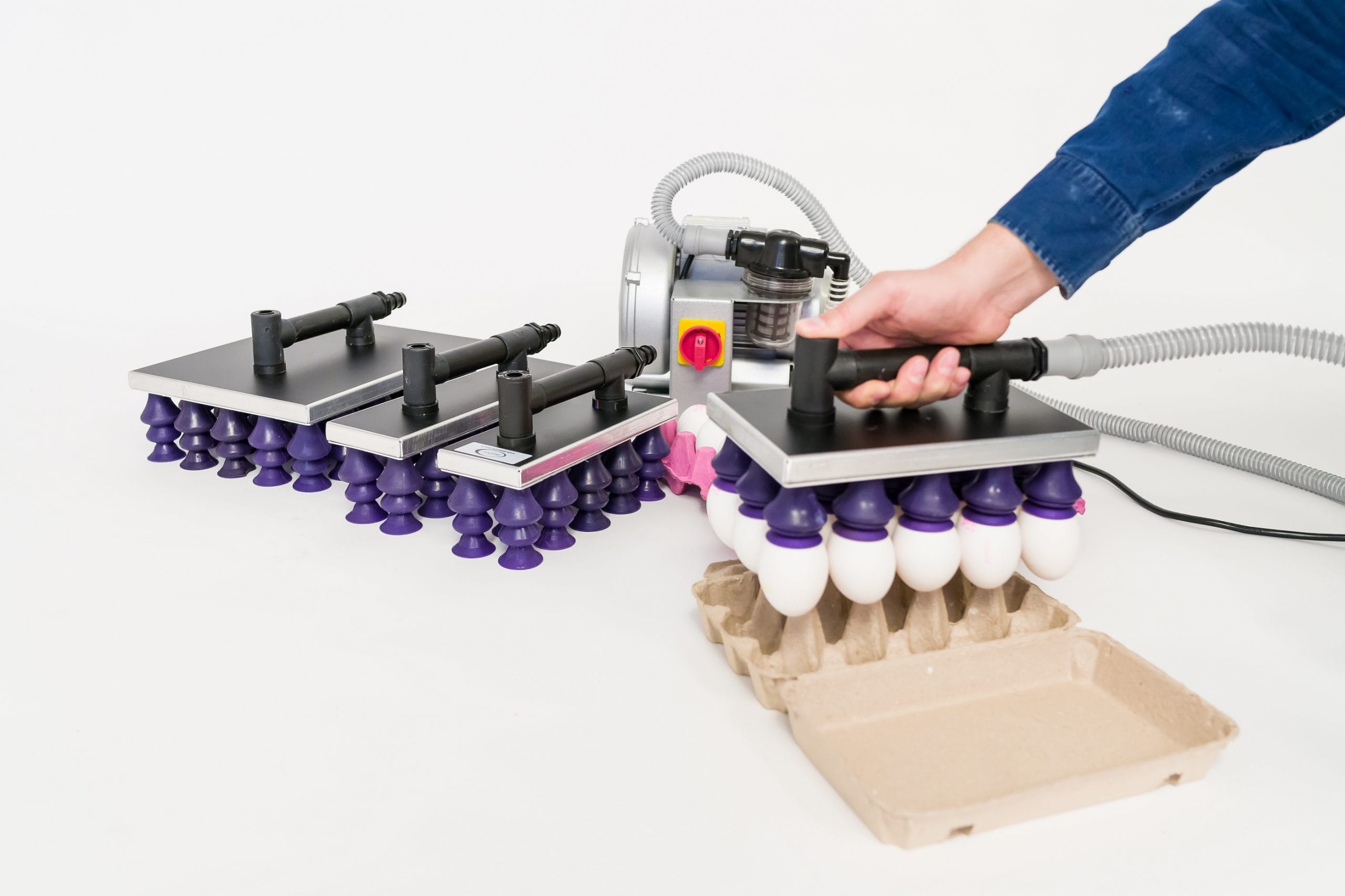The demand for fresh, locally sourced, and traceable eggs is higher than ever. Consumers are increasingly conscious about where their food comes from, opening a significant opportunity for entrepreneurs with a passion for agriculture.
If you’ve ever dreamed of turning a patch of land into a thriving business, this guide on how to start an egg farm is your first step. We will walk you through a complete, step-by-step plan, transforming your idea into a successful and profitable reality, whether you’re starting small or dreaming big.
Step 1: Laying the Groundwork with Research and a Business Plan
Before the first chick arrives, your most crucial tool is a solid strategy. A well-researched egg farm business plan is not just a document for potential investors; it’s your personal roadmap to securing funding, navigating challenges, and ensuring long-term profitability.
Conduct Thorough Market Research
First, understand your battlefield. Who are your potential customers? Are they local families, restaurants, farmers’ markets, or grocery stores? Analyze your local competitors. What are their prices? What makes their products stand out? Identifying a gap in the market is your key to success.
Define Your Niche
Not all eggs are created equal. You can differentiate your farm by choosing a specific niche. This choice will influence your housing, feed, and marketing strategy. Common niches include:
- Free-Range: Hens have access to outdoor areas.
- Organic: Hens are fed organic feed and are not given antibiotics.
- Cage-Free: Hens are housed in barns or aviaries without cages.
- Conventional (Caged): The most common and cost-effective system, but facing growing consumer opposition.
Draft Your Business Plan
Your egg farm business plan should detail every aspect of your operation. Key components include:
- Executive Summary: A brief overview of your mission and vision.
- Operations Plan: Details on housing, flock management, and daily tasks.
- Marketing and Sales Strategy: How you’ll reach your target customers.
- Financial Projections: Startup costs, projected revenue, and break-even analysis.
Step 2: Navigating Legal Requirements and Regulations
Operating legally from day one is non-negotiable. The poultry industry is regulated to ensure animal welfare and food safety. Overlooking this step can lead to hefty fines or even the shutdown of your farm.
Start by contacting your local and state agricultural departments to understand the specific rules that apply to you. Key areas to cover include:
- Business Licenses and Permits: Registering your farm as a legal business entity.
- Zoning Laws: Ensuring your chosen property is zoned for agricultural and commercial use.
Step 3: Choosing the Right Location and Housing for Your Flock
Your farm’s physical location and a proper housing system are foundational to your flock’s health and productivity. A stressed hen is not a productive hen.
Critical Factors for Site Selection
When evaluating land, consider these points:
- Space: Ensure you have enough room for coops, outdoor runs (if applicable), and future expansion.
- Drainage: Poor drainage can lead to muddy conditions and disease.
- Utilities: Reliable access to clean water and electricity is essential.
- Biosecurity: Choose a location away from other poultry farms to minimize the risk of disease transmission.
Common Housing Systems
Your housing choice will depend on your niche and budget. Each has pros and cons regarding cost, labor, and animal welfare. The primary systems are ventilated coops for caged or cage-free systems, mobile coops for pasture-raised birds, or large barns with outdoor access for free-range operations.
Step 4: Selecting the Perfect Egg-Laying Flock
The heart of your egg farm is, of course, the chickens. Selecting the right breed and sourcing healthy birds is paramount for achieving high egg production.
Popular Breeds for Egg Farming
While there are dozens of breeds, a few are renowned for their consistent egg-laying capabilities:
- White Leghorn: The industry standard for white eggs, known for high volume.
- Rhode Island Red: A hardy breed that lays an abundance of brown eggs.
- Sussex: A dual-purpose breed that is a reliable layer and good for meat.
- Ameraucana: Known for laying beautiful blue-shelled eggs, which can be a great niche product.

Popular Breeds for Egg Farming
Sourcing Healthy Chicks or Hens
Always purchase your flock from a reputable, NPIP-certified (National Poultry Improvement Plan) hatchery.
This certification helps ensure the birds are free from specific diseases. You can start with day-old chicks, which are cheaper but require intensive care, or “started pullets,” which are young hens close to laying age.
Step 5: Gearing Up with Essential Equipment
Having the right equipment for an egg farm streamlines daily operations, reduces labor, and promotes the health of your flock. For beginners, the essential list includes:
- Feeders: Designed to minimize waste and keep feed clean.
- Waterers: To provide constant access to fresh, clean water.
- Nesting Boxes: A clean, private space for hens to lay their eggs.
- Lighting: Supplemental lighting is often needed to maintain year-round egg production.
- Ventilation Systems: Crucial for removing ammonia and maintaining air quality in the coop.
Crucial Point: As your farm grows, you’ll find that manual egg collection becomes a significant labor bottleneck, increasing the risk of breakages. This is where planning for future efficiency becomes vital.
Egg Vacuum Lifters
Explore our range of powerful and gentle vacuum lifters designed for efficient and safe egg handling.
View Products
Step 6: Mastering Feed, Nutrition, and Health Management
This part of our poultry farming guide is simple: egg production is directly fueled by what your hens eat. High-quality feed leads to high-quality eggs and a healthy, productive flock.
A balanced commercial layer feed will contain the right mix of protein, calcium, and other essential nutrients. You will also need a robust biosecurity and health plan. This involves:
- Biosecurity: Implementing strict protocols to prevent diseases from entering your farm. This includes limiting visitors, using dedicated footwear for coops, and quarantining new birds.
- Health Plan: Working with a veterinarian to establish a plan for vaccinations and parasite control.
Step 7: The Daily Harvest: Collection, Grading, and Ensuring Food Safety
The daily collection of eggs is the moment your hard work pays off. This process must be handled carefully to maintain quality and ensure safety.
After collection, eggs need to be graded, cleaned, and stored properly. But as you transition from a hobby to a business, another concept becomes paramount: traceability.
For modern consumers and retailers, knowing an egg’s origin is crucial. It builds trust, ensures food safety in case of a recall, and is often a legal requirement.
Implementing a system to mark your eggs with batch codes and production dates even on a small scale establishes your farm as a professional and trustworthy source from day one.

The Daily Harvest Collection, Grading, and Ensuring Food Safety
Your Journey from Beginner to Business
We’ve covered the seven essential steps for how to start an egg farm, from drafting your business plan to ensuring the safety and traceability of your final product. Launching a farm is a significant but incredibly rewarding undertaking that feeds your community and builds a lasting legacy.
As your farm scales from a small flock to a commercial business, efficiency and traceability become the cornerstones of profitability and compliance. Manual processes for egg collection and tracking can quickly become overwhelming. This is where investing in the right technology is key.
From automated egg collection systems that reduce labor and breakage to mandatory coding solutions that ensure food safety and traceability, partnering with an expert can make all the difference. EkoPrint specializes in providing reliable, scalable solutions that help you build a professional and trusted brand from day one.
Ready to explore the technology that powers modern egg farms? Learn more about our solutions for efficient egg handling and coding.


